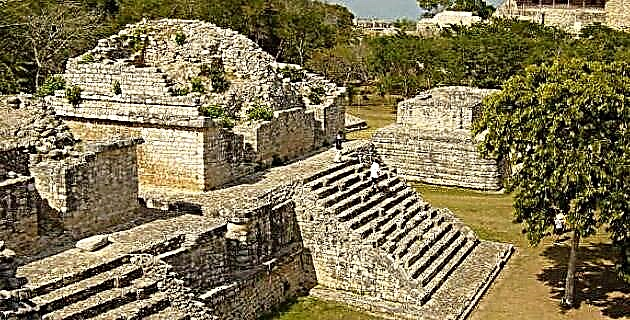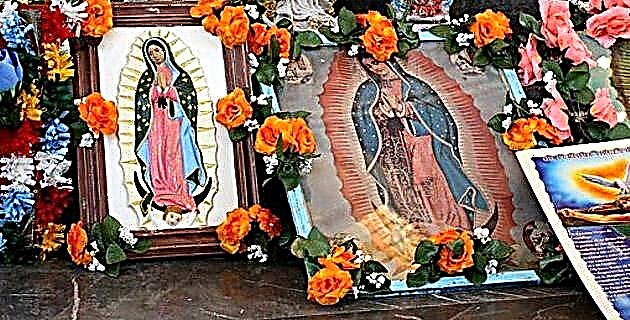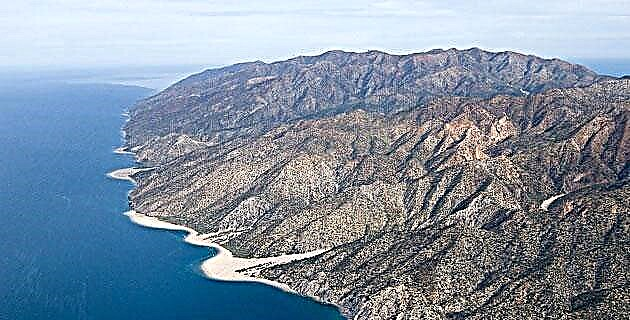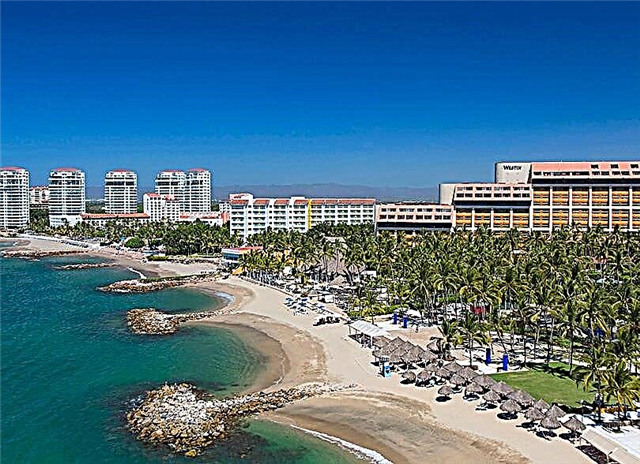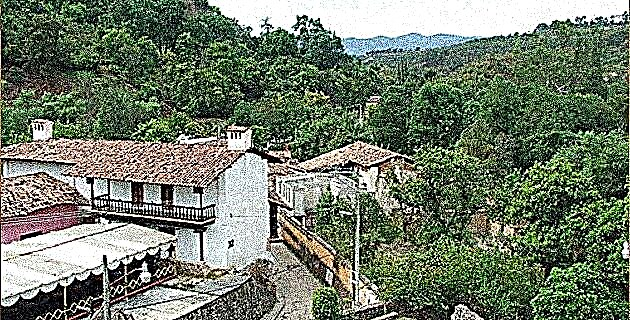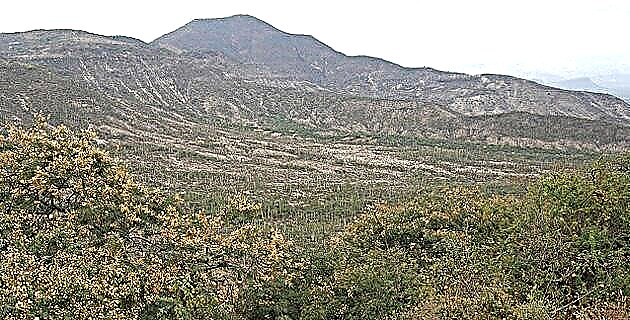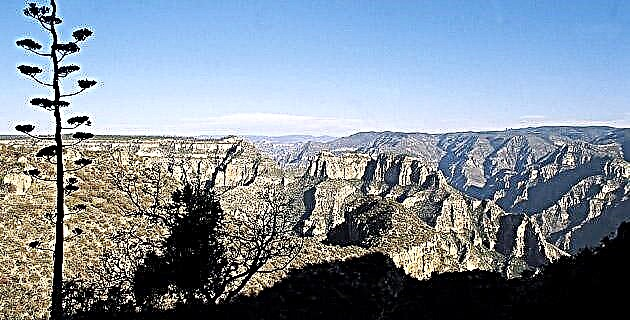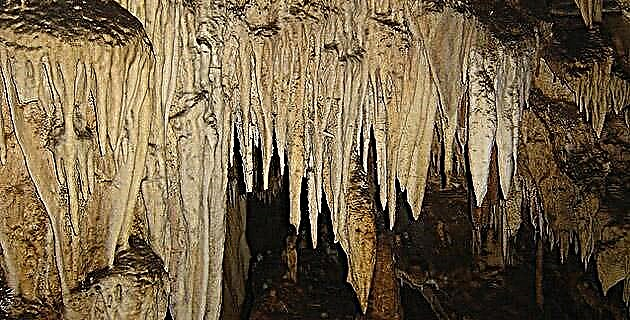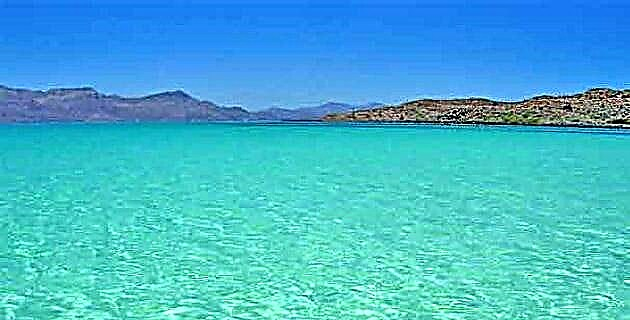
The idea for the documentary was born from the conversations between friends and the experiences recorded in their eyes, which always returned marveling at the majesty of the views of that region of our country.
After several trips, Joaquín Beríritu, the director, told us that part of the charm was caused by the high contrasts between the deep blue of the sea, the red of its mountains, and the gold and green of its deserts; but above all because of how erotic the peninsula offered itself, showing itself naked along its entire length, ready to be scrutinized from any angle. Hence arose the desire to rediscover it, taking it from its origins to its appearance today. So we start, with the ambition of image seekers, ready to find them, undress them and try to explain them.
With the enriching company of a brilliant and good friend, the geologist José Celestino Guerrero, we began our journey through a region of Mexico that is far from everything, and through our north that has so much. The group is made up of five people from the production team, an expert geologist and three seafarers in charge of guiding us between the islands of the Sea of Cortez. Good adventures, or at least the ones you remember, always present some difficulty; Ours began when we arrived at the Baja California airport and we did not find the expected welcome sign, nor the man in charge of taking us to the dock where we would begin our journey.
This sea delimited by the continent and the Baja California peninsula, so little known, has its history, and it is a game for the imagination to recreate that situation in which a group of Spaniards sailed through its waters, together with their horses and dressed in his armor under the incessant heat and alone slopes, amazed by this same fascinating landscape of colors and shapes that we now contemplate.
Our first shots and the first explanations of José arrived, which flowed one after another as all kinds of geological formations occurred in front of us. This day we finish it in an old abandoned saline. In the evening light, the landscapes of desolation and abandonment nostalgically reminded us of what was once an important source of survival, a reflection that was interrupted by the nervous rush of our director to catch the last rays of the sun. We understood that this situation would repeat itself all the sunrises and sunsets that remain.
Punta Colorada was our next destination; unique place to contemplate how a beautiful landscape of green and ocher colors has been carved by the relentless erosive force of the wind, which at its whim is shaping bays, caves and beaches. Time on the boat was running out, which is why we started the return journey making a stop at Isla Espíritu Santo. That afternoon we had fun watching the sea lions on their private island, which some call "El Castillo", only shared with the birds that are in charge of crowning its battlements with snow. We chose a quiet bay for that evening where we went down to record how the sun spread its last rays on some reddish stones; its color was so intense that it seemed that we had placed a red filter on the camera lens, too bright to be credible.
Once in the middle of the land, we boarded a truck and started the road to Loreto, to go in search of other phenomena that would complement our geological understanding of the peninsula. Very close to our destination we cross a great desert plateau full of cacti, where despite the little water they have they reach great heights, which are topped by a set of juicy pitahayas; These, when opened, touch the birds with their intense red, allowing them to disperse their seeds.
Loreto served as the base site for the rest of our expeditions. The first towards the town of San Javier, several km inland. This day, José took flight in his explanations, where we turned there were phenomena worth telling. As an aperitif we came across a huge fig tree attached to large blocks of rock; It was an amazing sight to watch how the roots, growing through the rocks, eventually fractured huge, solid blocks.
In our ascent we find from dikes to volcanic necks, passing through impressive rock falls. We opted to stop and carve a cave with cave paintings that, although artistically far from the famous paintings of San Francisco, allowed us to recreate this type of human settlement, this authentic oasis where water abounds, dates grow and the land is so fertile that even where the eye can see all kinds of fruit trees. A scenography identical to those cinematographic landscapes in Arabia.
Already in San Javier we recognized the enormous work of the Jesuits in their passage through the peninsula. We still had to visit Bahía Concepción, so very early the next morning we started the tour. Once again we were amazed by the contrasting views of the sea alongside the desert landscapes. The bay sported a beautiful redundancy, one peninsula within another; In short, it was a refuge of great beauty and tranquility full of tiny and incomparable beaches that surprisingly still remain free of human settlements.
Shortly afterwards we arrived in Mulejé, a town that, in addition to an important mission, has a prison that allowed prisoners to circulate through the streets, and which is now offered as a museum.
The trip was nearing completion, but we could not forget one last perspective: the aerial one. The last morning we boarded a plane personally provided by the state governor. We were able to verify the inspired description of Joaquín when touring the uninhibited peninsula, which showed us his most intimate forms without modesty. The final taste in the mouth was delicious, our director had captured, with the great talent that characterizes him, the complete essence of the trip; The images accurately illustrate our final reflection: we are only ephemeral witnesses of a majesty that remains motionless before us, but that in thousands of years has been the victim of innumerable geological endeavors that ended up shaping a peninsula and a young and capricious sea.
Source:Unknown Mexico No. 319 / September 2003

